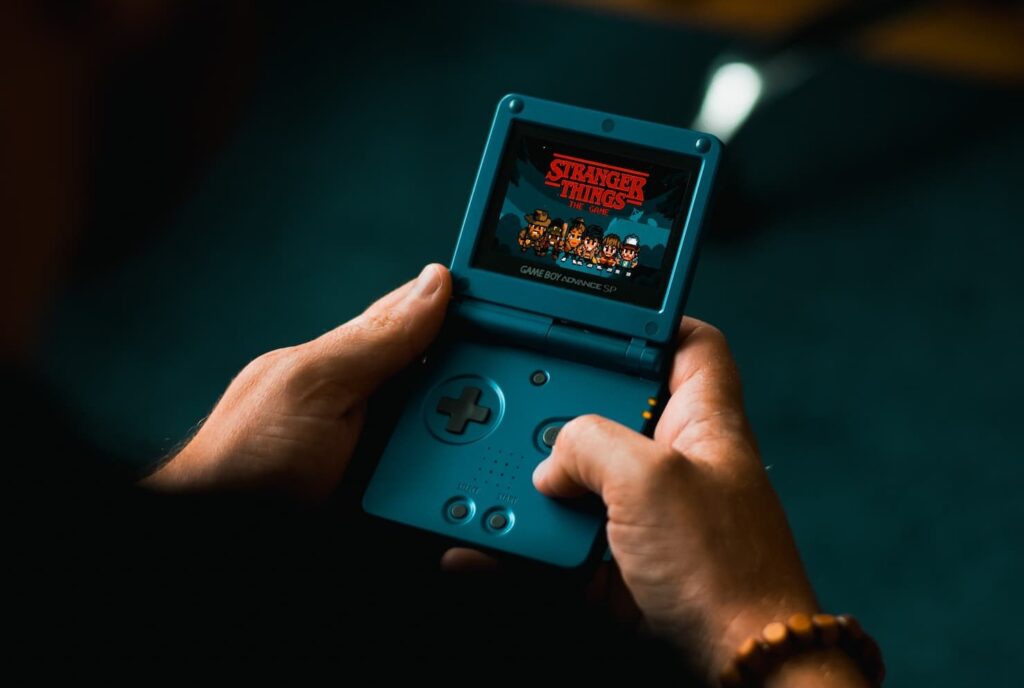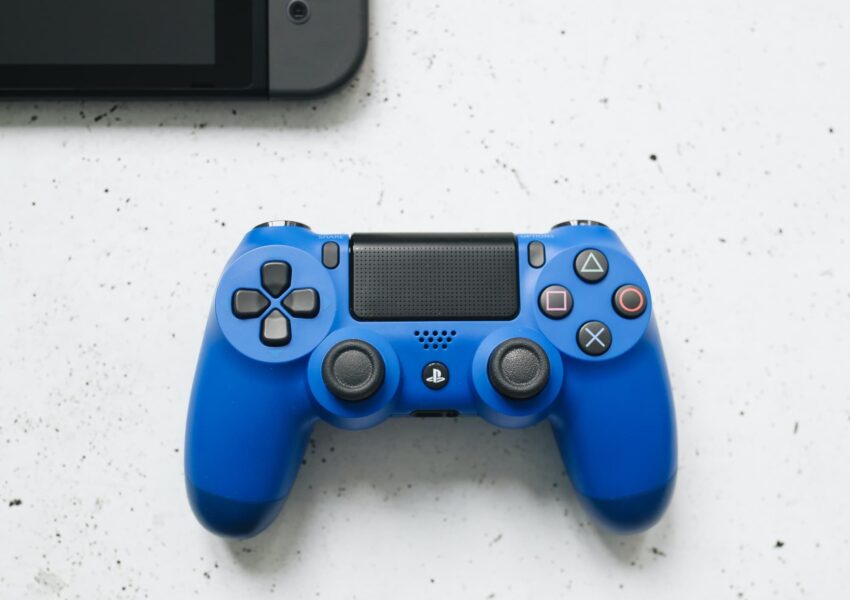When you start testing your game, you may immediately want to look at the documentation and the whiteboard in Jira, but it’s better to postpone this for a while.
Take advantage of the fact that you are not yet familiar with the product and play like any other user. In doing so, pay attention to the following:
- how much you understand the tutorial;
- what do you like;
- what would you improve;
- how easy it is for you to pass the levels of the game;
- If you have already played, remember your first impression.
In this way, you can give valuable feedback to a team that is already used to the game and may miss something. The main thing is not to criticize the game, but to suggest improvements.
Meet the team
If you’re used to working on web and mobile teams, you might be surprised how big and diverse the GameDev teams can be. Unity developers (if the engine is Unity, as in my case) and Back-end developers, Tech Artist, Game Designer, Game Economist, 2D / 3D Artists, Project Manager, Creative Writer, UI / UX Designer, analysts and marketers. And you, the QA Engineer, will need to interact with each of the team members.
What to do when you join the project:
- find out who does what;
- determine who you will interact with the most and set up a system for working with these people;
- find out from whom and what information you can get for the test;
- with whom to consult in cases where you do not know what should be the expected result after any action.

Speak the same language with the team
As a QA Engineer, you will have to communicate with almost every specialist on the team, and colleagues will use specific terms. You will also use them in bug reports. To understand the essence of everything that is happening better, ask for the terms to be explained to you, google them, and, of course, it’s good to read articles on popular GameDev resources (for example, DTF and gdcuffs.com ).
And in order for you to be fully equipped right away, I will describe below the concepts that were new to me after moving into the gaming field. Maybe something will be useful for you too.
Core gameplay is the core of the game, the set of basic rules and mechanics that the player will interact with most of the time.
Meta gameplay – activities outside the core gameplay, but which affect the gameplay. Designed to increase engagement in the game.
Tutorial – a step-by-step instruction with which the user learns the game.
Cheat is a code written by developers to speed up the passage of certain game modules.
HUD (Heads-up display) – a part of the graphical user interface that is constantly visible to him, usually contains information about the player’s progress, number of lives, inventory, and so on.
Assets – components that represent all the resources of the project, such as graphics, sound, and scripts. They attach to objects and form an important part of the game.
Addressable Asset System is a content delivery system that allows you to call an asset at its address. With it, you can significantly improve the performance of the game by uploading part of the content to the CDN and accessing this content at the right time through addresses.
Sprite is a 2D image that can contain either a single image or multiple images for animation.
Sorting Layers is a sprite sorting system for displaying some objects on top of others.
Mask – selection of a part of the image to change its properties separately from the rest of the image.
Spine is a program for creating skeletal animation. Animators and developers call the animation made in this program also a spine.
Prefab – a game object that is used more than once, a template.
Playtest is the process of testing a new game for problems and the user’s reaction to the gameplay. Such tests are often conducted with the participation of the target audience.
Retention is a metric showing how many users return to the application (in our case, the game) after a certain period of time. This is one of the key indicators for games, as it helps to understand how exciting the process is.
DAU (Daily Active Users) is a metric that indicates the number of active unique users of the application during the day.
MAU (Monthly Active Users) is a metric that indicates the number of active unique users of the application during the month.
Remember who your target audience is
It is almost impossible to produce games that would appeal to everyone, regardless of age, gender and profession, so each product seeks to carve out a niche. Knowing the target audience is important to properly plan player behavior, prioritize tasks, and suggest any improvements. You may need to know the following about users:
- who plays the game more: men, women or equally;
- what age category;
- what kind of activity of the target audience;
- what players are interested in, fond of;
- what countries they are from.
Get ready to be visually demanding
Sometimes a visual bug may not seem so critical for a release, because the main thing is that the logic works. However, when testing games, you need to understand that errors in the visual part lead to a worse gaming experience. Visual is important. Therefore, when testing games, check:
- whether the picture is strongly compressed (usually it is compressed to reduce the size of the game);
- that the animations are quite smooth;
- that the animation doesn’t get stuck anywhere;
- is the animation enough to create the desired gaming experience;
- that the built-in visual is the final one, that it is not a “stub” that was going to be changed, but forgotten;
- that art looks good on screens with different resolutions.
To better understand whether the art and animations in the tested product are organic enough, plunge into the top games of your genre. In this case, rich gaming experience is valuable. So play, make notes about what you like about other games, what drives you to return to them again.


